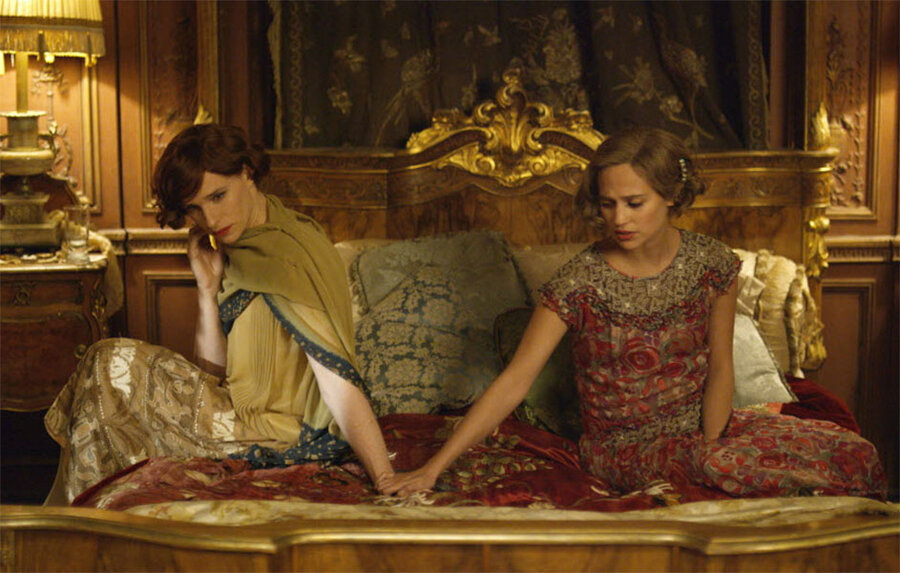'The Danish Girl': How transgender people have been depicted in Hollywood
Loading...
The film “The Danish Girl,” which stars Eddie Redmayne as Lili Elbe, one of the first people known to have undergone gender reassignment surgery, opens on Nov. 27.
“Danish” co-stars Alicia Vikander as Elbe’s wife as well as Amber Heard and Ben Whishaw.
After playing at various festivals, the film itself has gotten mixed reviews, but Redmayne and Vikander’s performances have garnered Oscar buzz. Redmayne won the Oscar for best actor last year for his work portraying Stephen Hawking in the 2014 film “The Theory of Everything.”
“Danish” arrives following former Olympic athlete Caitlyn Jenner’s announcement of her identity and depictions of transgender characters on such TV programs as Amazon’s “Transparent” and Fox’s “Glee,” among other Hollywood portrayals of transgender characters.
Some transgender characters have even gotten the attention of the Academy of Motion Picture Arts and Sciences in years past. Actor Jaye Davidson’s work in the film “The Crying Game” as transgender woman Dil earned Davidson an Oscar nomination for Best Supporting Actor all the way back in 1993, and actress Hilary Swank received a Best Actress Oscar for her performance as transgender man Brandon in the 1999 movie “Boys Don’t Cry.”
Even more recently, actor Jared Leto won a Best Supporting Actor Oscar for his work in the 2014 movie “Dallas Buyers Club,” in which he played transgender woman Rayon.
However, while these portrayals received attention, “Danish” was reportedly not easy to make even just a few years ago. Those behind the movie say the project had been in the works for years but that those who were interested had trouble getting it made.
“It was considered commercial poison,” screenwriter Lucinda Coxon said in an interview, while director Tom Hooper said he often heard the project described as “risky.”
While there were delays, Coxon now says, “I feel enormously grateful that we didn’t manage to make it sooner, because I think it’s a project whose time has come.”
Another question is coming to the fore as "Danish" comes to movie theaters: whether those who are not transgender should play transgender parts. Director Sean Baker, who directed this year's film "Tangerine," which stars transgender actresses, said in an interview, "At this moment in time, especially, I think this industry has a responsibility to put trans actors in trans roles. To not do it seems very wrong in my eyes. There is plenty of trans talent out there."
Meanwhile, "Orange Is the New Black" actress Laverne Cox said in an interview that she believes casting, for example, a male actor as a transgender woman can be a business decision, as the public will know the actor. "As an actor, I never I would never suggest that another actor shouldn’t play a role," she said. "I want to play a wide variety of different characters and I think that cisgender actors, I’m assuming, want to do that as well – that’s the nature of being an actor." However, "trans actresses certainly need jobs," she said.






